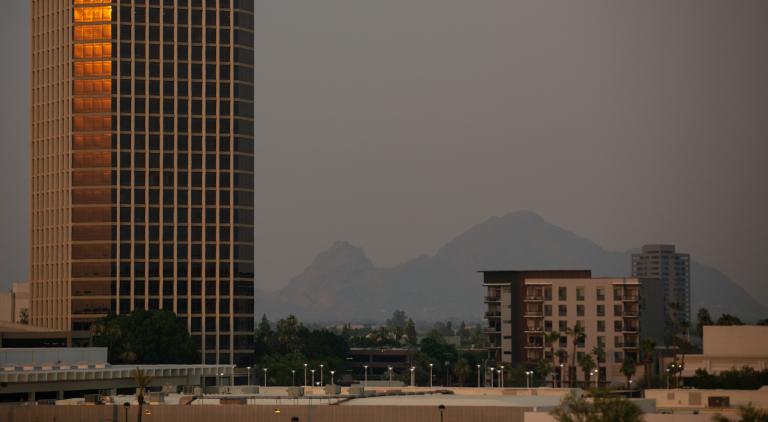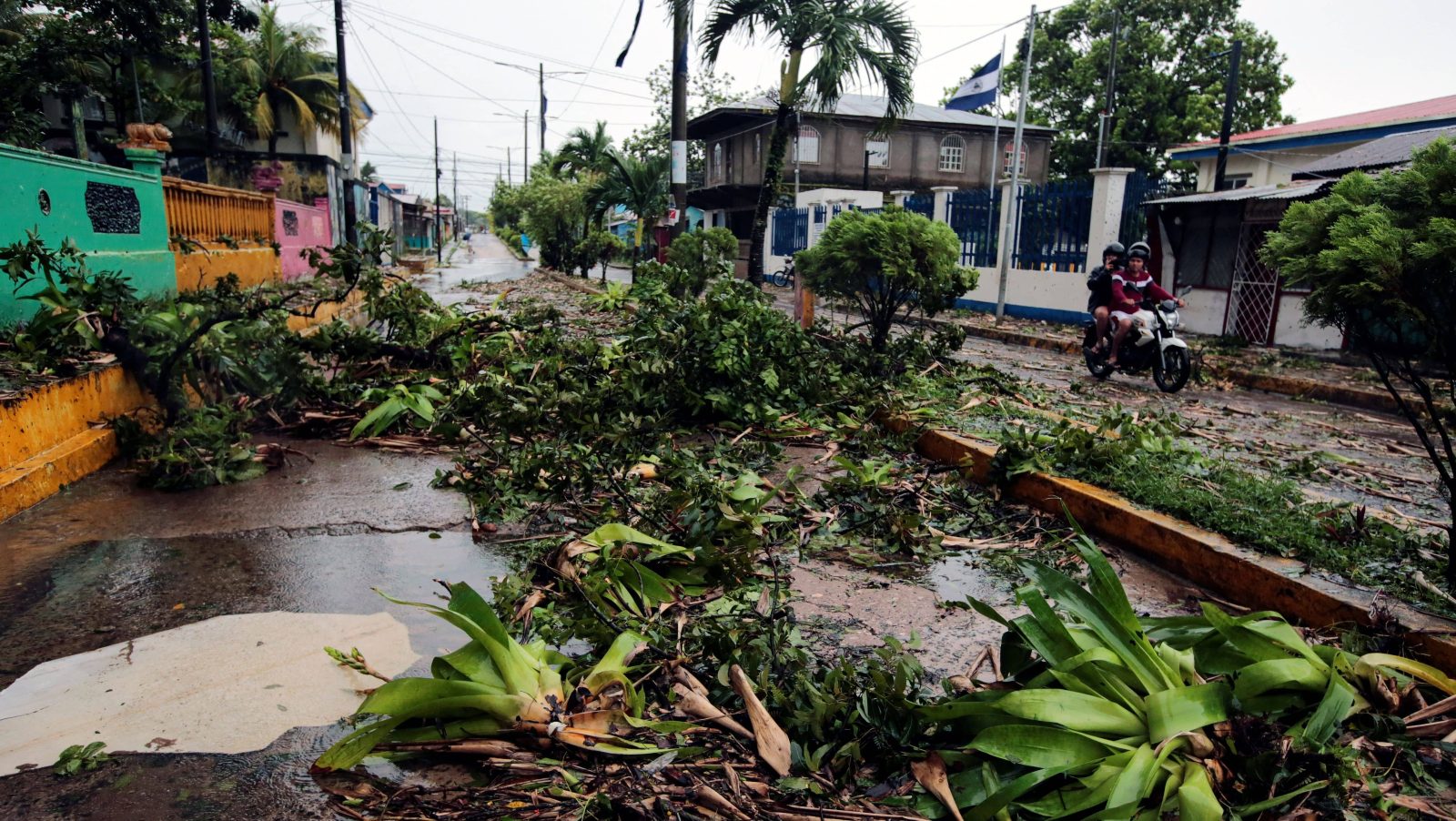The fifth Atlantic hurricane of the year made landfall in Nicaragua as a Category 1 storm on Sunday. Hurricane Julia subsequently moved through Honduras, El Salvador, and Guatemala, dumping torrential rain, unleashing damaging winds, and sparking landslides. By Monday, the system had disintegrated into a tropical depression, but the storm continued to wreak havoc on Central America and parts of Mexico until it dissipated Monday night.
The hurricane caused at least 28 deaths in Central America, half of them in Guatemala. In Nicaragua, more than 13,000 families were forced to evacuate.
Julia also did damage before it even became a hurricane. The system started gathering strength last week as a tropical storm further east, along Venezuela’s northern coast. The developing system induced days of heavy tropical rain and contributed to a massive mudslide that killed at least 43 people in north-central Venezuela. More than 50 people are missing.
Rescue and recovery efforts are still underway in these countries, which means the death toll could continue to rise in the coming days. Julia knocked out power across large swaths of Central America, which left hundreds of thousands in darkness and could complicate ongoing rescue efforts.
It’s been an uncharacteristically quiet Atlantic hurricane season — no storms formed in August, something that hasn’t happened since 1997. But the storms that have formed and struck land have been devastating.
That’s particularly true in areas that are still recovering from previous seasons, including Central America. In 2020, an above-average season that spawned 14 hurricanes, Hurricanes Eta and Iota landed in Nicaragua a mere two weeks apart. The storms affected 7.5 million Central Americans, forced tens of thousands of people from their homes, and killed some 200 individuals. The people most impacted by the back-to-back storms in 2020 were poor, rural, often Indigenous residents who couldn’t afford to rebuild. Many of them are now feeling the effects of Hurricane Julia.
Studies show that rising global temperatures due to human activity are linked to more intense storms that dump catastrophic quantities of water on land. Rising sea levels, too, contribute to deadly storm surge during these events. Climate-fueled hurricanes have knock-on effects that reverberate for years. Analyses show that in 2020, disasters displaced some 1.5 million people in Central America. The disasters, paired with chronic poverty, food insecurity, and gang violence, have forced many to attempt the fraught journey to the U.S., fueling a rise in border crossings by migrants and asylum seekers.
“Guatemala, Honduras, and Nicaragua are classified as countries at high-risk of facing climate-related threats and, at the same time, are in the group of countries that lack investment to fund preparedness and adaptation measures,” Martha Keays, the International Federation of Red Cross and Red Crescent Societies’ regional director in the Americas, said in a statement. Central American countries and other developing states have also contributed comparatively little to climate change, while rich, developed parts of the world like the U.S. and Europe are responsible for the lion’s share of historical emissions and are better equipped to cope with the adverse outcomes of warming.
The Biden administration has dedicated new funding to international development projects aimed at alleviating food insecurity and poverty in Central America, but international aid groups and the United Nations say wealthy nations need to dedicate far more resources to helping countries like Honduras, El Salvador, and Guatemala prepare for disasters in a rapidly changing world.
On Monday, leftover tatters of energy from Hurricane Julia churned through the southwestern Gulf of Mexico and, by Tuesday, had coalesced into Tropical Storm Karl. The system could dump up to a foot of rain on parts of Mexico’s east coast this week.



